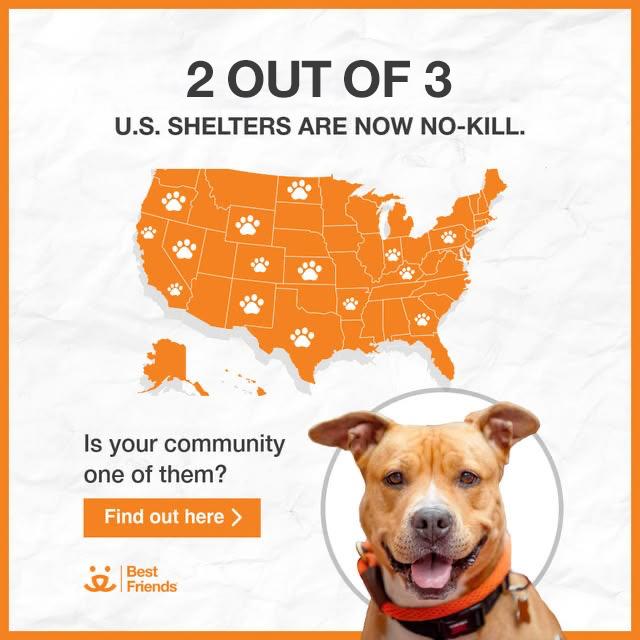
Best Parrot Cages and Safe Play Areas
Parrots need two things for safe, enriched and healthy housing: (1) a large cage and (2) at least one safe, bird-proofed, designated area away from their cage where they can forage, play and interact with their human family.
Cages for parrots
Unless a bird is handicapped in some way and requires a modified environment, the cage should be as large as you can afford. Birds need enough space in their cage to be able to exercise and play, and to accommodate a wide variety of toys and perches.
When purchasing a cage, be sure to get a safe, trusted brand, such as HQ, King’s, Prevue Hendryx, Avian Adventures or A&E. Purchasing a cage from places like eBay may be cheaper, but many off-brand cages are made of cheap, dangerous materials that can hurt your bird. If you are thinking about purchasing a used cage off of Craigslist or a similar website, be sure to inspect the cage before buying it for the following issues:
- Rust
- Missing parts, especially door latches
- Unsafe materials, such as iron or zinc
The only safe materials are stainless steel, ceramic powder coating and acrylic.

See how your community is doing
Bar spacing should be wide enough that your bird won’t get his toes stuck between the bars, but narrow enough that he can’t get his head between the bars. For a cage size and bar spacing chart that you can use as a guideline, see the “Cages Aren’t Prisons” section of The Bird Owner’s Manual.
Since birds spend most of their lives on their feet, they should have a variety of perch types, shapes and sizes in their cage to maintain proper foot health. Perch types to use include:
- Natural wood (not the same as smooth dowel rods)
- Cotton rope
- Flat, ledge-like
- Swings, boings
- Cement/sand
If you are going to purchase a cement/sand perch, be sure it has a smooth side for your bird’s feet to rest on, with the rough sides reserved for where his nails rest. Otherwise, the rough surface of these perches can create sores on birds’ feet.
Play areas for birds: Play stands, bird rooms, outdoor aviaries
Play areas can range from a play stand to a bird room to an outdoor aviary. Whatever play area you provide, it needs to be safe and secure to prevent your bird from hurting himself or from being hurt by other animals. This means:
- Removing all electrical cords, or running them through PVC or underneath some similar barrier
- Preventing access to the ceiling, molding or walls that the bird could chew on
- Preventing access to ceiling fans, open water sources (such as toilets) and open windows
- Ensuring that the play area is composed of bird-safe materials, such as untreated wood, stainless steel, ceramic powder coating, cement, acrylic and/or PVC
Your bird’s cage(s) and play area(s) should contain many different types of enrichment objects, including toys, ropes, perches and bird-safe plants. There are more details on this in “Safe Parrot Enrichment Toys.”
